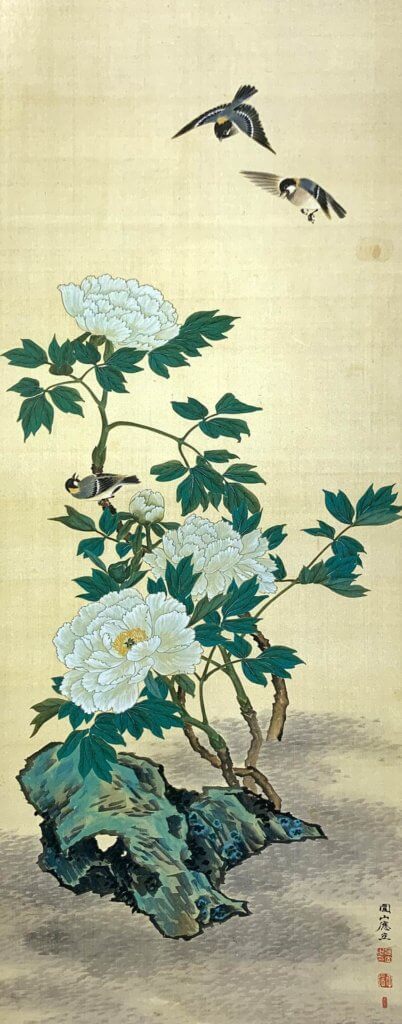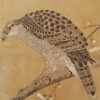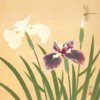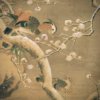Maruyama Ōryū: The Painter Who Succeeded the 4th Generation of Maruyama School
Botan ni Shōkin-zu (Peonies and Small Birds)

Maruyama Ōryū (1817-1875) was born as a son of Terai Hisajirō who ran a Kyo-yūzen dyeing (traditional craft in Kyoto) business with his family. He was adopted by Maruyama Ōshin, the third generation of Maruyama school. He succeeded the Maruyama school and named himself the 4th generation.
It was around the time of third generation Ōshin that began to formally follow the Maruyama school painting method that Maruyama Ōkyo began. Since Ōryū was also adopted, he was not allowed to disarrange the painting method of his school, and you won’t be able to see the lively expressions that Ōkyo had in this painting. However, in part, the expression of the peony, which made full use of the sketching technique, seems to be refreshing. The rocks that look like Taihu stones placed at the base of the peony are used as the expression to break the atmosphere, and show that he was obedient to his school’s painting method.
The characteristic of the Maruyama school is that it is composed with a clear painting that can be understood even by girls and children, and the abstract dimension such as the spirituality of the author expressed in poetry of a literary painting is not emphasized. Ōkyo himself was aware that there was a dimension to express the spirituality of the author after being proficient in sketching, but at the elementary stage, he dared to ignore that part and emphasized sketching.
As a result, the successors who lost themselves in the social trend of the time, emphasized family traditions, and could not understand the goal that Ōkyo ultimately aimed for. They emphasized the rudimentary form, and that lead to the school’s decline.









